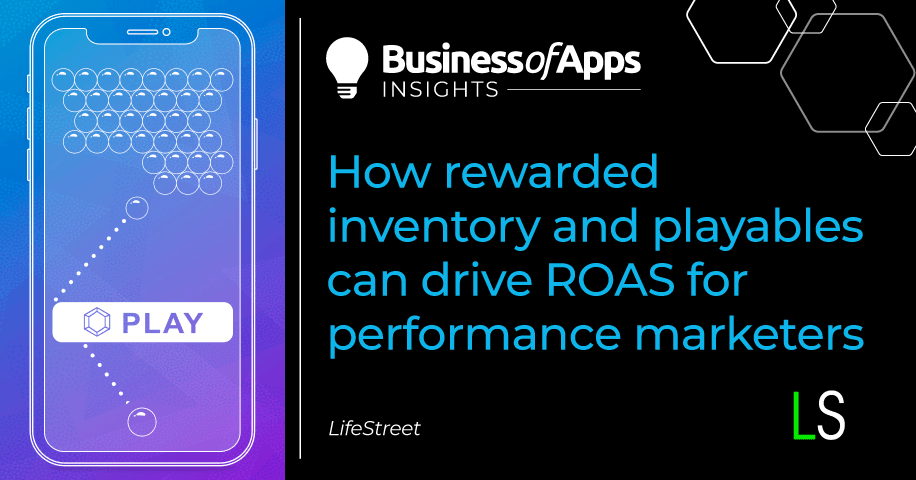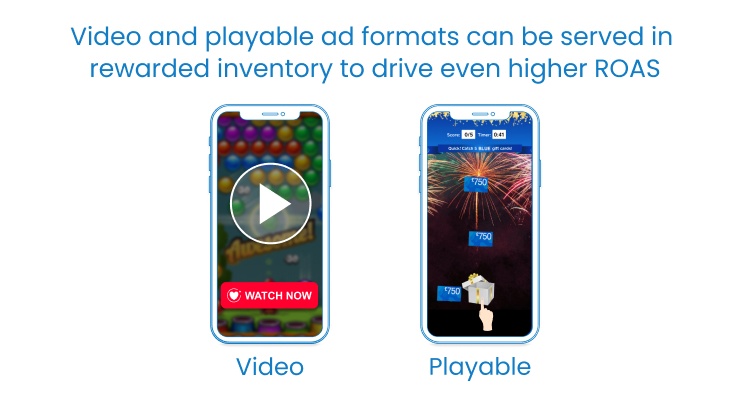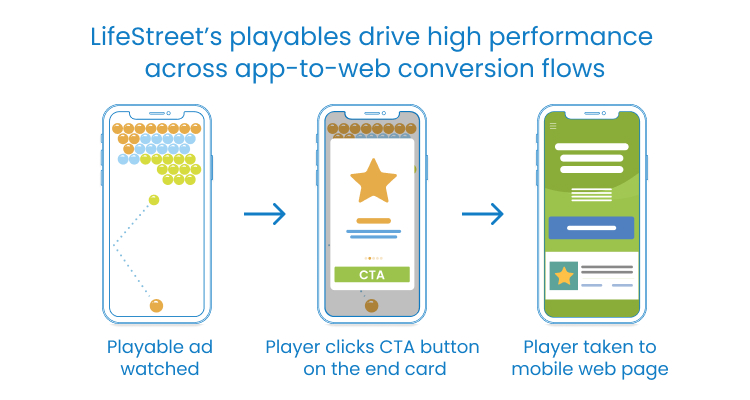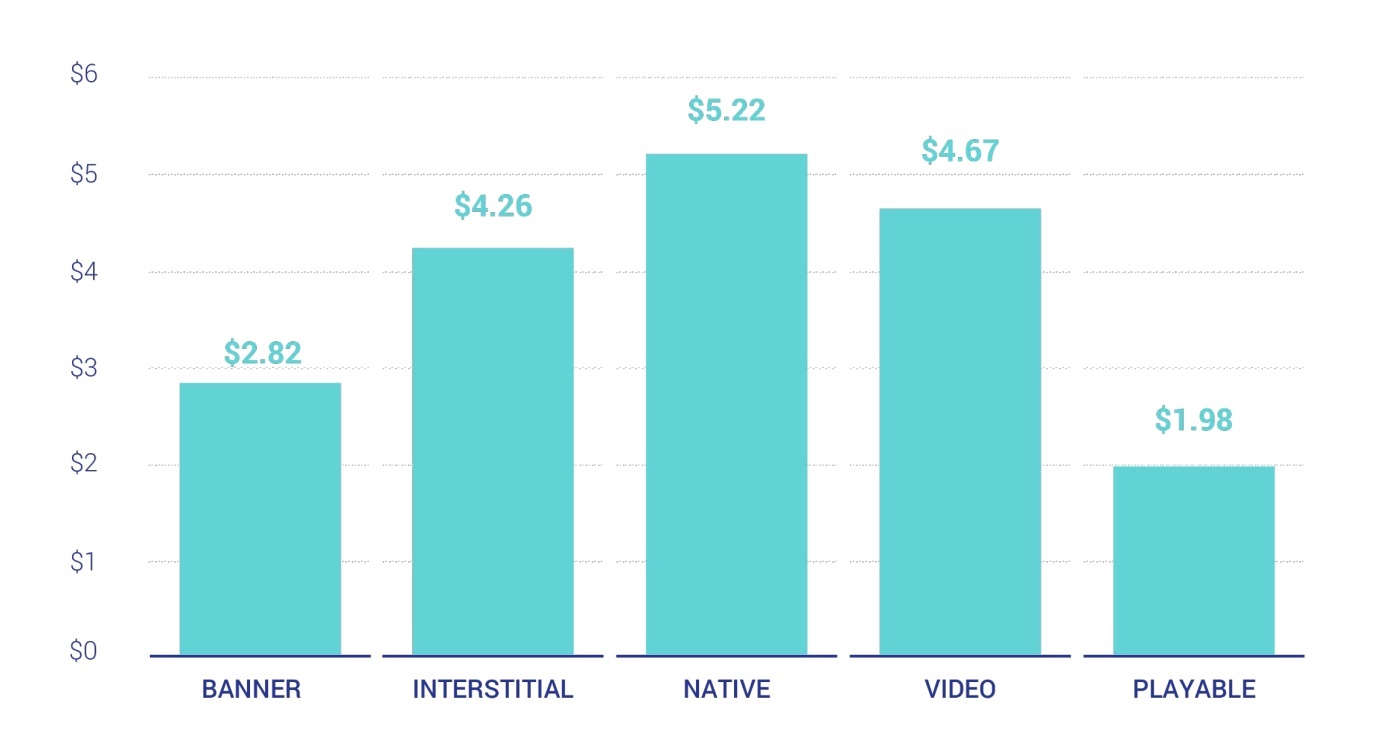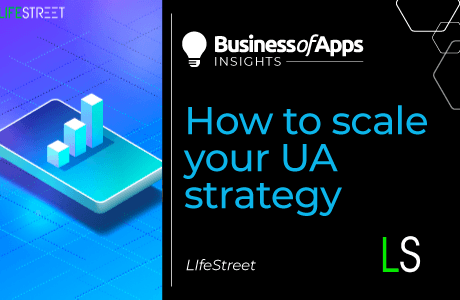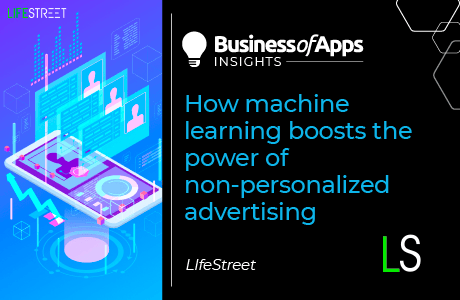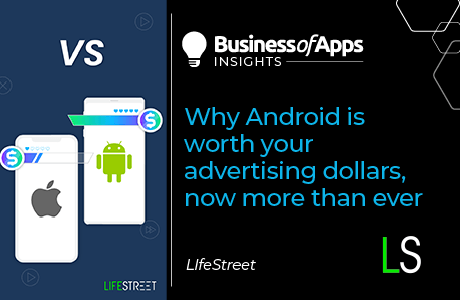As the economy shifts, it’s critical to invest in proven channels and strategies to build a successful mobile advertising plan. With that said, 2023 is a good time to consider investing in high-performing ad inventory like rewarded traffic and high-engaging ad formats like playables. Why? Because, combined, rewarded inventory and playables create an enticing user experience — boosting conversions, retention and LTV in the process. You also don’t need an app to leverage playables or rewarded inventory. This means performance marketing agencies can take advantage of both strategies to unlock new pockets of users and generate a higher ROAS.
Learn how to use rewarded inventory and playables to convert high-value users in 2023 below.
What is rewarded inventory?
Rewarded inventory serves ad units that engage users to take a specific action by offering a reward. According to a study by Google, 50% of users reported they were more satisfied with their app experience because of rewarded inventory.
Typically, when mobile advertisers think of rewarded inventory they think of a rewarded in-app video ad that prompts a user to watch a video in exchange for an extra life or a power-up in a mobile game. But, did you know interactive ad formats like playables can be served in rewarded inventory for even higher ROAS? Furthermore, rewarded playables can be used in both an app-to-web and app-to-app conversion flow to unlock new high-value users for both apps and performance marketers that might not have an app.
Source: LifeStreet
What are playable ads?
Playable ads are an interactive ad format that allows users to play a snippet of a mobile game before downloading it. Rewarded playables typically run between 15 to 30 seconds and tend to be more common with mobile game developers that can easily translate their game into a gamified ad. Since users are able to familiarize themselves with what an app has to offer via a playable, users that convert tend to be stickier. The proven value of this “try before you buy” interaction is now being used by performance marketers who don’t even have a game or app.
The value of playable ads in rewarded inventory
Better engagement
Because rewarded inventory entices users with rewards to play a mini-game, rewarded traffic drives better engagement than other inventory types. In 2022, LifeStreet’s playables drove high performance across both app-to-app and app-to-web conversion flows. Last year, playables served in rewarded inventory following an app-to-web flow saw a 29% increase in ROAS and lowered cost per registration by 17% compared to playables running in non-rewarded traffic. Furthermore, playables in rewarded inventory following an app-to-app flow drove a 37% lower CPI and a 2.5% increase in ROAS compared to non-rewarded inventory.
Source: LifeStreet
Better campaign performance
Because rewarded ads drive more user engagement than other ad formats, they result in a higher average return on ad spend. In 2022, the industry average cost-per-install (CPI) for playables was $1.98 (versus the average CPI of $3.79 for other gaming ad formats) — showing that playable ads had the lowest CPI across ad types. LifeStreet’s playables performed even more efficiently. In 2022, we found playables drove an average CPI of $1.19, outperforming the industry’s average CPI of $1.98.
CPI by ad type
Source: Business of Apps
This, in turn, scales performance. Some game studios report a 3.2x improvement in ROAS as a result of playable ads. Game studios that utilize playables have also reported a 40% lower cost per paying user and a 70% lift in day seven return on ad spend.
Higher retention
Whether using rewarded or non-rewarded inventory, mobile advertisers can boost retention rates by 30 to 40% using playable ads. This makes sense as playables create a more engaging user experience, acquiring more engaged users overall. Furthermore, since users have already familiarized themselves with a game or brand before installing an app or converting on a mobile landing page, users that have a higher likelihood of dropping off are already excluded.
Access to in-ad data
In a post-IDFA world, access to first-party data of any kind is a boon. Leveraging playables in rewarded inventory can be a great way for mobile advertisers to maximize access to in-ad data. This data can help apps and agencies track users’ interactions with their ads to better understand their interests and browsing behavior.
For example, let’s say a mobile game developer creates and serves a playable ad that users consistently lose. This could be an indicator that the mini-game should be edited to be easier to play. Furthermore, this information can be used to optimize gameplay in the mobile game the playable is advertising. For example, if the playable was recreating play for an early level in the game, developers might change gameplay to be easier. They could also offer power-ups to help players advance through the level. All of these measures can help decrease user drop-off and increase long-term retention and LTV.
Takeaways
Rewarded ads are ad units that reward a user with an in-app reward in exchange for a specific action. By creating a more engaging user experience, rewarded ads can have a positive impact on conversion rates, retention and LTV. As the mobile economy shifts due to macroeconomic factors and data privacy enhancements, mobile advertisers should consider adding rewarded ad formats to their marketing strategy in 2023.
- The value of rewarded traffic: Rewarded ad inventory creates an enticing user experience — boosting conversions, retention and LTV in the process. In fact, 50% of users reported they were more satisfied with their app experience because of rewarded inventory.
- The value of playables: In 2022, LifeStreet’s playables drove an average CPI of $1.19, outperforming the industry’s average CPI of $1.98.
- Playables in rewarded inventory can be used in both app-to-app and app-to-web conversion flows: When combined with rewarded inventory in an app-to-web flow, playables improved ROI by 1.35X and lowered cost per registrations by 79% compared to playables running in non-rewarded traffic. Additionally, playables in rewarded inventory following an app-to-app flow drove a 37% lower CPI and a 2.5% increase in ROAS compared to non-rewarded inventory. This presents another avenue for brands and performance marketing agencies that might not have their own app to unlock new pockets of users and generate a higher ROAS.
Looking to add playables to your marketing mix?
At LifeStreet, we’ve helped many of our partners achieve higher ROAS by serving playables in rewarded inventory. Get in touch with our team to drive better performance and return for your brand or agency in 2023.



